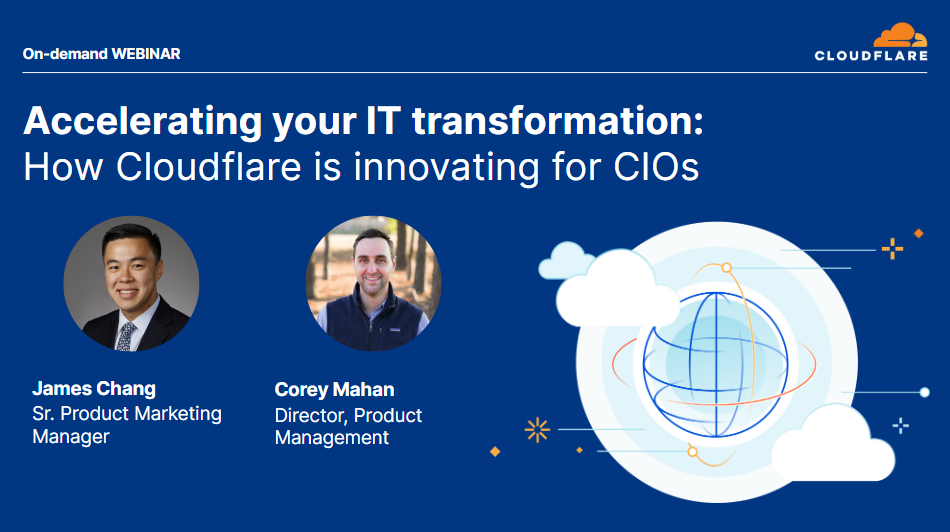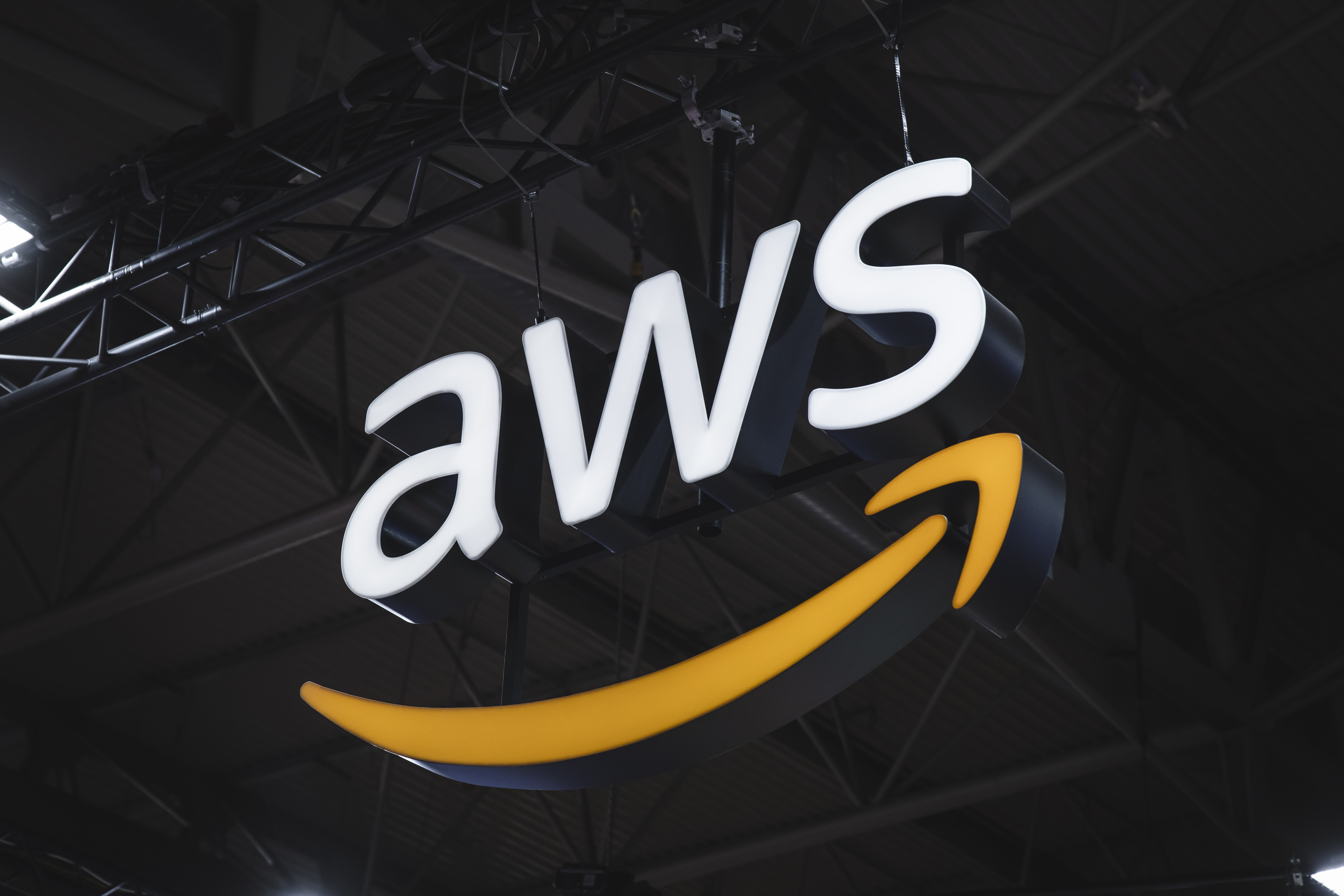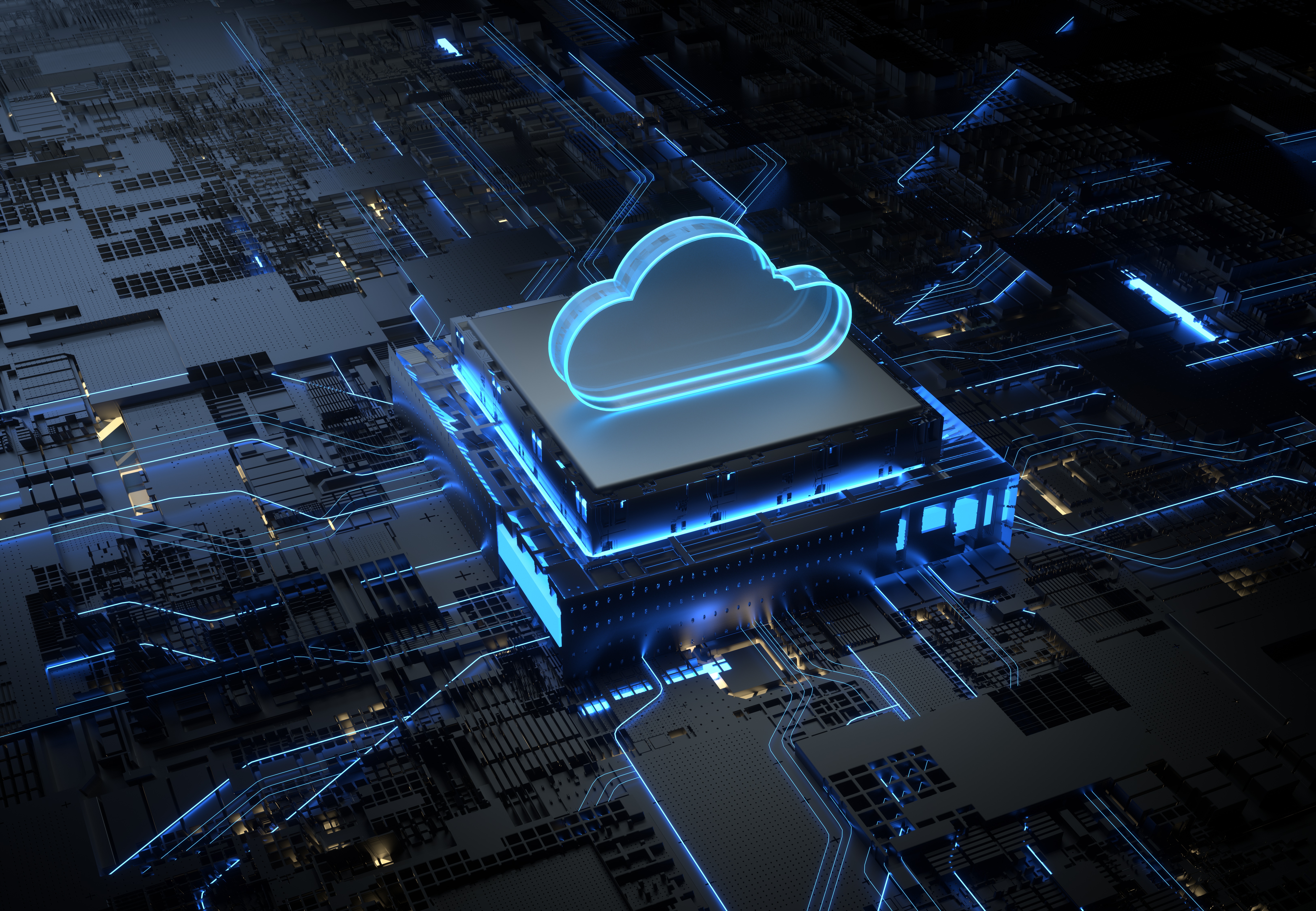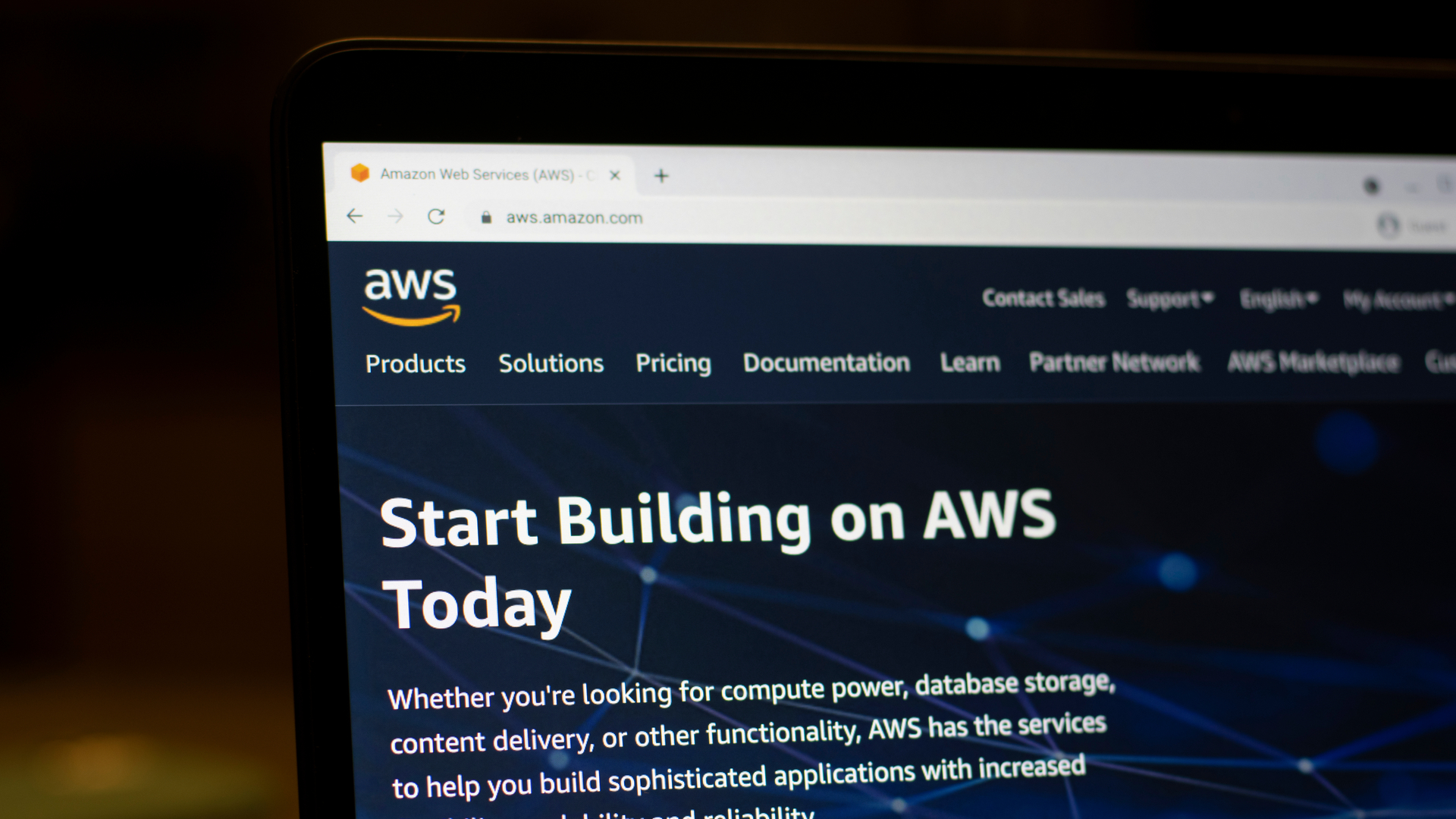What is AWS EC2?
Released in 2006, the iconic cloud service offers developers secure and scalable computing capacity

Amazon Elastic Compute Cloud (Amazon EC2) is a web service that provides secure, scalable computing capacity in the cloud. It’s designed to make web-scale cloud computing easier for developers. Amazon EC2 is a reliable and scalable cloud computing service that is an essential part of the Amazon Web Services (AWS) suite of products.
The infrastructure as a service (IaaS) platform provides a variety of instance types optimised for different use cases, including general-purpose, memory-optimised, and compute-optimised instances. These instances can be launched and terminated on demand, allowing you to pay for only the capacity you need.
EC2 also provides a range of storage options, including local storage, Amazon Elastic Block Store (EBS), and Amazon S3. It also integrates with a number of other AWS products, such as Amazon VPC, Amazon EBS, and Amazon SNS, to provide a complete computing environment in the cloud.
When did EC2 launch?
Amazon EC2 was first launched in 2006 as a part of AWS. At the time, it was one of the first cloud computing services available, and it quickly became popular with developers because of its simplicity and flexibility.
In the years since its launch, EC2 has added many new features and instance types, and it has become an essential part of the AWS product lineup. Today, EC2 is used by organisations of all sizes, from startups to large enterprises, for a wide range of applications, including web and mobile application hosting, data processing, and machine learning.
What does EC2 mean for the industry?
Upon launch, EC2 represented a significant shift in the way organisations accessed computing resources. Prior to the advent of cloud computing, businesses had to purchase and maintain physical servers and other infrastructure in order to run their applications. This was a time-consuming and expensive process and required a significant investment in hardware and IT staff to maintain the infrastructure.
The launch and adoption of EC2 changed all of this by allowing organisations to rent computing resources on an as-needed basis rather than having to purchase and maintain their own infrastructure. As a result, organisations were able to scale their computing capacity up or down as needed, and it significantly reduced the upfront costs of setting up an IT environment.
Get the ITPro daily newsletter
Sign up today and you will receive a free copy of our Future Focus 2025 report - the leading guidance on AI, cybersecurity and other IT challenges as per 700+ senior executives
EC2's legacy is that it helped to pioneer the concept of public cloud as we know it today, and played a major role in driving its widespread adoption. By providing a simple and scalable way to access computing resources in the cloud, EC2 has made it easier for organisations to build and deploy applications without the need to invest in physical infrastructure.
How does AWS EC2 work?
EC2 works by providing virtual servers, called ‘instances’ that are run on Amazon's infrastructure. These instances are fully customisable and can be configured with a variety of operating systems, software packages, and other settings.
To use EC2, you first choose the type of instance that you want to run and the required resources (such as CPU, memory, and storage). You can then launch one or more instances of this type, and Amazon will allocate the necessary resources and create the instances for you.
Once your instances are running, you can connect to them using Remote Desktop Protocol (RDP) or Secure Shell (SSH). You can then use these instances to run applications, host websites, store data, or perform other tasks.
EC2 instances are charged on a per-hour basis, so you only pay for the compute resources that you consume. You can also stop and start instances as needed, which allows you to optimise your costs by only paying for the resources you use.
What does EC2 mean for the business landscape?
RELATED RESOURCE

One of the main benefits of EC2, and similar services competitors have since launched, is the ability to provide scalable and reliable resources on demand. As a result, organisations can build and deploy applications without the need to invest heavily in physical infrastructure. It helps businesses save money by only paying for the resources they consume. This is on top of the way EC2 drove up cloud computing adoption across the business landscape.
In addition, EC2 has made it possible for businesses to access a wide range of computing resources, from basic virtual servers to high-performance graphical processing units (GPUs) and custom hardware configurations. This flexibility has made it possible for businesses to use EC2 for a wide range of applications, from basic web hosting to complex data processing and machine learning tasks.
What are the available configurations?
General purpose
These instances are suitable for a wide range of workloads, including web and application servers, development environments, and small databases.
Compute optimised
These instances are designed for applications that require high CPU performance, such as batch processing and distributed analytics.
Memory-optimised
These instances are optimized for workloads that require high memory, such as in-memory databases and real-time processing.
GPU instances:
These instances are equipped with GPUs and are designed for applications that require high-performance graphics, such as machine learning and video rendering.
ARM instances
These instances are powered by ARM processors and are designed for low-cost, general-purpose computing.
Storage optimised
These instances are optimized for high-performance storage and are suitable for workloads such as data warehousing, distributed file systems, and NoSQL databases.
EC2 instances are also available in various sizes, with different combinations of CPU, memory, and storage resources. You can choose the instance type and configuration that best meets the needs of your application.
What are the pricing models for EC2?
EC2 offers a variety of pricing models to meet different computing needs and budgets. The most common pricing model for EC2 is the on-demand model, which allows you to pay for computing capacity by the hour with no long-term commitments. This is better for those who need the flexibility to scale capacity up or down as needed or if you don't have a predictable workload.
EC2 also offers a ‘spot’ pricing model, which allows users to bid on spare Amazon EC2 computing capacity. With spot purchasing, you can request instances at a discount compared to on-demand prices, but your instances may be terminated if Amazon needs the capacity for on-demand instances.
Another option is the ‘reserved’ pricing model, which allows you to purchase a capacity reservation for a one-year or three-year term. With reserved instances, you can get a significant discount compared to on-demand prices, but you are required to pay upfront and commit to a specific instance type.
Finally, AWS offers a ‘dedicated host’ pricing model, which allows you to rent physical servers on an hourly basis. This is a good option if you have compliance or licensing requirements that prohibit you from sharing physical resources with other customers.
-
 Bigger salaries, more burnout: Is the CISO role in crisis?
Bigger salaries, more burnout: Is the CISO role in crisis?In-depth CISOs are more stressed than ever before – but why is this and what can be done?
By Kate O'Flaherty Published
-
 Cheap cyber crime kits can be bought on the dark web for less than $25
Cheap cyber crime kits can be bought on the dark web for less than $25News Research from NordVPN shows phishing kits are now widely available on the dark web and via messaging apps like Telegram, and are often selling for less than $25.
By Emma Woollacott Published
-
 AWS' $13 billion India expansion shows why South Asia is next cloud hotspot
AWS' $13 billion India expansion shows why South Asia is next cloud hotspotAnalysis The big three hyperscalers view India as a prime market for expansion in light of recent growth
By Ross Kelly Published
-
 Cloud earnings show ‘slowdown’ still not out of the question
Cloud earnings show ‘slowdown’ still not out of the questionNews Earnings calls from Microsoft and Google show there’s still some gas in the tank for cloud providers
By Ross Kelly Published
-
 AWS launches its second Top Secret region
AWS launches its second Top Secret regionNews The new region offers multiple availability zones geographically distinct from AWS Top Secret-East
By Praharsha Anand Published
-
 AWS wins Adidas contract to host its SAP workloads
AWS wins Adidas contract to host its SAP workloadsNews The sports clothing firm says the deal will help create a more sophisticated system for managing supply and demand
By Praharsha Anand Published
-
 UK spy agencies supercharge espionage efforts with AWS data deal
UK spy agencies supercharge espionage efforts with AWS data dealNews GCHQ, MI6, and MI5 will reportedly benefit from AWS' data analytics and AI features in landmark cloud deal
By Connor Jones Published
-
 AWS to launch cloud services reseller in Australia
AWS to launch cloud services reseller in AustraliaNews AWS Australia will allow customers in the region to buy services locally for the first time
By Zach Marzouk Published
-
 AWS to expand Trust and Safety team amid fight against harmful content
AWS to expand Trust and Safety team amid fight against harmful contentNews Amazon has denied Reuters' reports of changing "policies or processes"
By Sabina Weston Published
-
 Amazon to retire iconic EC2-Classic network
Amazon to retire iconic EC2-Classic networkNews Customers will have until 2022 to migrate from the 15-year-old network to VPC
By Keumars Afifi-Sabet Published